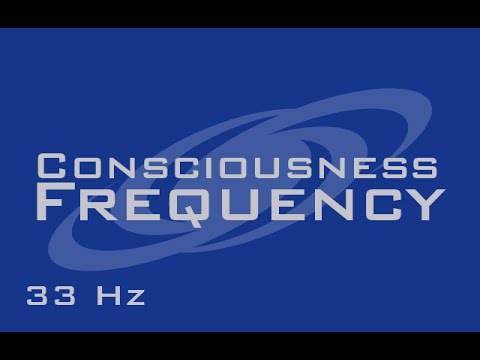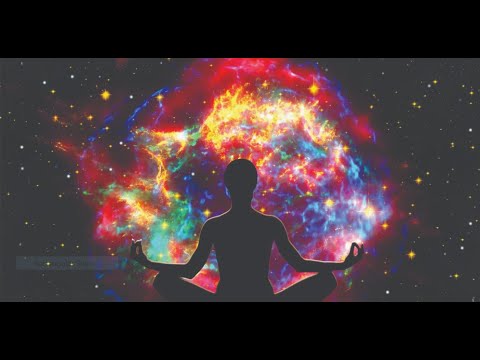TDF
The universe plays host to a surprising number of planets that appear quite similar to our own. Is it possible that humans could occupy any of these planets in the future? Remarkably, recent astronomical discoveries have pinpointed thousands of potential candidates. The engrossing documentary Are There Other Earths? examines the probable conditions on a handful of these planets and their parallels to the place we call home.
For a planet to be inhabitable by humans, it must rotate around a parent star much like our Sun, be temperate and shows signs of liquid water on its surface. Many possess a rocky landscape much like our own. Each of the planets profiled in the film meet this minimal criteria, but they still pose serious obstacles for human sustainability.
The film calls upon the efforts of several of the most revered observatories in the world, including NASA and the La Silla Observatory in Chile.
Their most recent discovery is the TRAPPIST-1 planetary system, a dwarf star around which seven planets rotate in close proximity to one another. Nearly 40 light years away, the star is significantly less luminous and massive than our own Sun, but at least three of its host exoplanets exist within a habitable zone. One of these planets – TRAPPIST-1f – is close to Earth’s size and is thought to contain 20% liquid water content.
There’s Ross 128b, a planet that orbits its red dwarf star once every 9.9 days as it inches ever closer to Earth. Almost 500 light years away lies Kepler 186f, a planet distinguished by a size, gravity and terrain much like Earth. In these instances and others, the conditions might exist that would allow biological processes to flourish. They may already harbor life forms of their own, which would finally resolve the question of whether we are alone in the universe.
The notion that humans can truly thrive on any of these exoplanets is more than a bit far-fetched at this stage. Each of them presents its own set of potential dangers and uncertainties. Regardless, Are there Other Earths? offers an intriguing glimpse into an alternate reality that might await humankind tens of thousands of years into the future.




